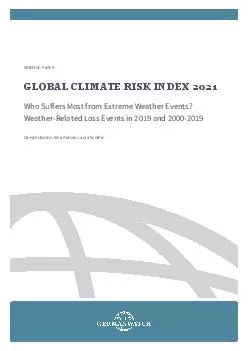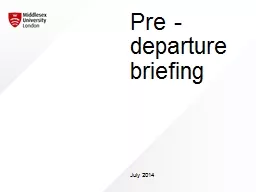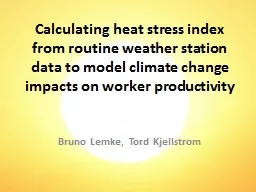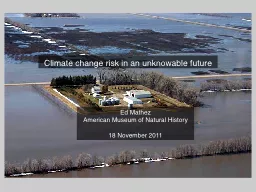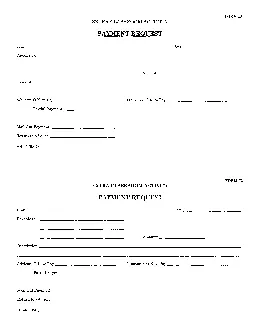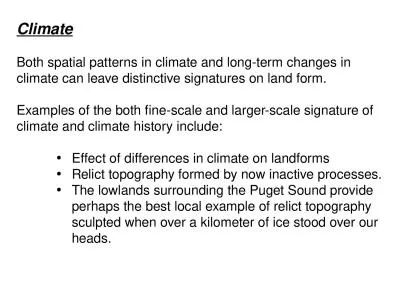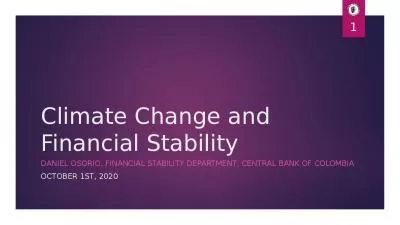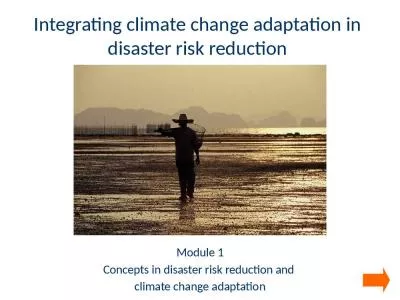PDF-BRIEFING PAPERGLOBAL CLIMATE RISK INDEX 2021Who Suffers Most from Extr
Author : winnie | Published Date : 2021-10-02
x0000x0000Global Climate Risk Index 2021GERMANWATCHImprintAuthorsDavid Eckstein Vera Knzel Laura SchferContributorsEmma Opfer and Rixa SchwarzEditingJoanne ChapmanRose
Presentation Embed Code
Download Presentation
Download Presentation The PPT/PDF document "BRIEFING PAPERGLOBAL CLIMATE RISK INDEX ..." is the property of its rightful owner. Permission is granted to download and print the materials on this website for personal, non-commercial use only, and to display it on your personal computer provided you do not modify the materials and that you retain all copyright notices contained in the materials. By downloading content from our website, you accept the terms of this agreement.
BRIEFING PAPERGLOBAL CLIMATE RISK INDEX 2021Who Suffers Most from Extr: Transcript
Download Rules Of Document
"BRIEFING PAPERGLOBAL CLIMATE RISK INDEX 2021Who Suffers Most from Extr"The content belongs to its owner. You may download and print it for personal use, without modification, and keep all copyright notices. By downloading, you agree to these terms.
Related Documents

